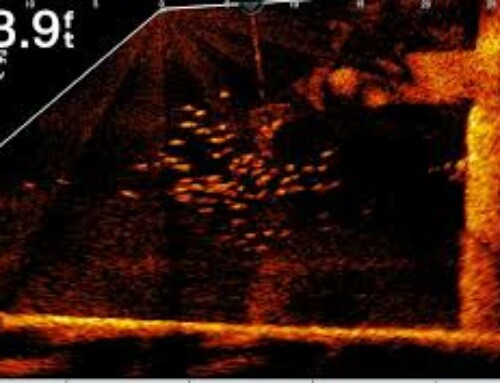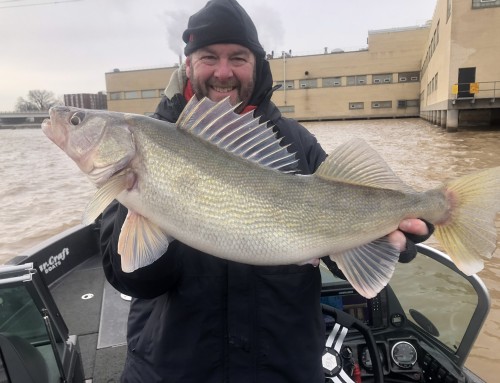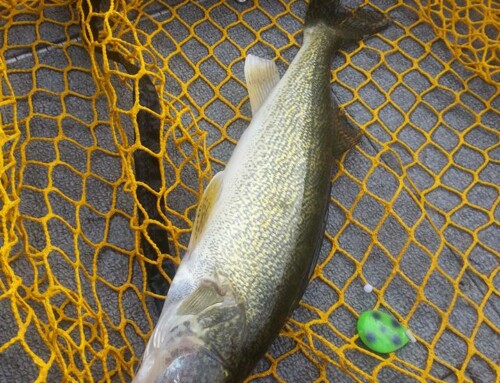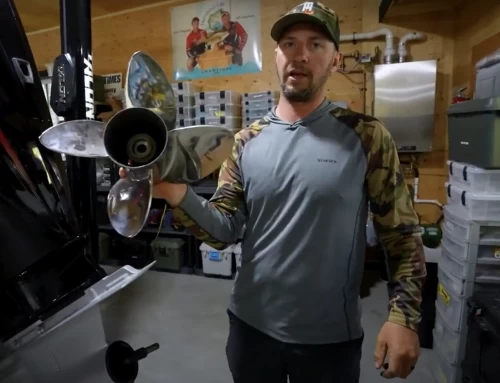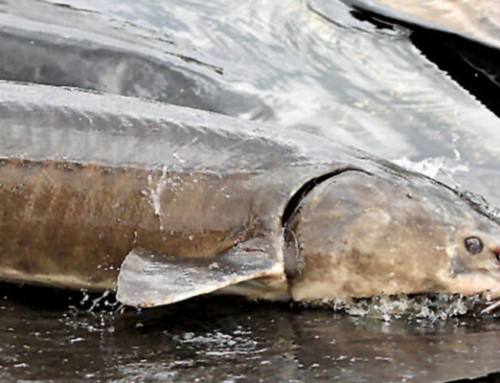Source: Wisconsin State Journal
In the springtime, Terry Doyle regularly bikes around Lake Monona, searching for open water to cast a line. But his Wednesday fishing excursion led to a much more unusual catch than the standard bluegill: a 6-foot-long boa constrictor.
Doyle, a Monona resident, was on the embankment of the railroad crossing near John Nolen Drive when he discovered the dead snake, dangling from the ice into the thawing water.
Constrictors aren’t native to Wisconsin. They can live in a wide variety of habitats but generally take refuge in warmer climates offered in Central and South America. But it was a familiar sight for the 61-year-old, who in his 20s had his own pet constrictor named “Priscilla.”
“What else would you call a snake?” he joked.
Doyle bagged the snake and took it to the Department of Natural Resources to report the find.
“This is a beautiful pet. It may have escaped but I think somebody just released it and it may have survived the summer but not the onslaught of winter,” he said.
DNR officials confirmed that Doyle had showed them the snake.
Jeff Stafford, general curator at Henry Vilas Zoo, said it’s plausible that the snake could have escaped, but agreed with Doyle’s assessment that the snake was likely released by a negligent owner.
Stafford said the Humane Society and other groups provide free, responsible options for surrendering all types of animals, including snakes. Releasing a boa constrictor into the Wisconsin wild would be unethical because it would have “no chance” of survival in a Midwestern winter, he said.
“It’s a South American snake that doesn’t have heat-seeking behavior. It could survive in the summertime, but once it starts getting cold, they don’t regulate their own body temperature and it would freeze,” he said.
Releasing a constrictor is frowned upon regardless of survival chance because the species is such a dangerous predator. The U.S. Geological Survey considers large predator snakes, including constrictors and pythons, to be a greater risk as invaders because of their adaptability and ability to find suitable prey. Predator snakes are also a great risk to at-risk species.
Aside from how it got there, a constrictor on the loose is still an alarming sight for the unsuspecting Wisconsinite. According to the National Zoo, the species can range from 20 inches to 13 feet, depending on age.
They are also known as excellent swimmers — a frightening thought to Doyle, especially if he were to see one swim by while out fishing.
Read more: http://host.madison.com/news/local/fisherman-finds-dead-boa-constrictor-in-lake-monona/article_14c406dd-1403-54c9-b104-8062cf32235a.html#ixzz2xxPpZrwB

